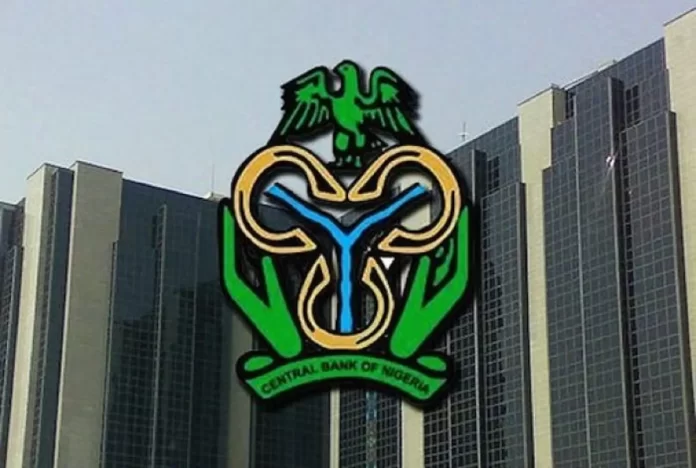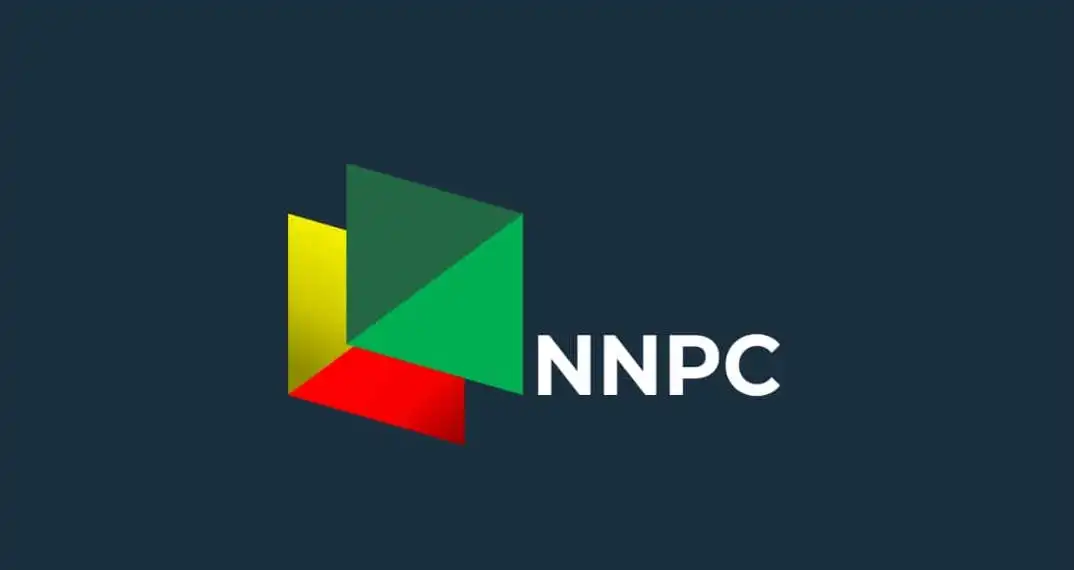In May, Nigerian banks’ monthly borrowing from the Central Bank of Nigeria (CBN) decreased by 10.6% to ₦10.9 trillion.
The CBN provides two short-term lending windows for banks: the Standing Lending Facility (SLF) and Repo Financing. Banks can access liquidity for day-to-day operations through the SLF at interest rates 100 basis points above the Monetary Policy Rate (MPR).
Meanwhile, the Repo arrangement involves buying bank securities with a promise to sell them back later, typically at a higher price. In contrast, the CBN offers an interest rate 300 basis points lower than the MPR for deposits made by banks through its Standing Deposit Facility (SDF).
According to CBN’s financial data, banks’ borrowing through the SLF dropped to ₦10.9 trillion in May from ₦12.2 trillion in April. This decline has persisted for two consecutive months since January, when borrowing rose significantly by 268.7% to ₦3.6 trillion from ₦976.29 billion in December 2023.
On a positive note, banks’ deposits with the apex bank through the SDF saw a remarkable 120% month-on-month increase, reaching ₦943.08 billion in May compared to ₦428.9 billion in April. These trends were influenced by improvements in idle cash (liquidity) within the interbank money market.
The CBN reported that average daily opening liquidity in the interbank money market rose by 47% month-on-month, reaching ₦321.9 billion in May, up from ₦218.6 billion in April.
This situation is a reflection of the ongoing liquidity challenges banks face, driven by factors such as foreign exchange market instability, rising inflation rates, and the CBN’s efforts to mop up excess liquidity in the financial sector. While the borrowing trend may raise concerns, it also underscores the need for prudent monetary policy adjustments to support economic growth.
Please comment and share this article, & Follow us on our social media handles.








